Costa Rica – A Friendly, Peaceful and Proud Country
Famous for being the happiest country in the world, the people of Costa Rica are welcoming and friendly, yet sophisticated and proud. The priorities of the country are evident in its progressive social and environmental policies. Education and healthcare for all are fully supported. Costa Rica is a model of eco-stewardship with more than 25% of its territory preserved from development allowing it to conserve its incredible biodiversity for generations to come. This is most evident in Corcovado National Park. Also, the culture and traditions reveal their passion for democracy, freedom, and equality for all.
Ticos!
The Costa Rican people affectionately refer to themselves as Ticos. This term is rooted in how they play with the Spanish language. On occasions, Costa Ricans have the tendency to add the suffix –tico to a certain word. It can be used to indicate smallness in something, but can also carry an affectionate or ‘cute’ meaning. It further states the point that the Costa Rican culture is one that doesn’t take itself too seriously. This wonderful quality lays at the root of their peaceful and kind nature.
Costa Rican Culture – National Pride
Costa Rica is a cultural melting pot. It shows indigenous origins and Spanish colonial influence, with a peppery splash of other immigrant cultures thrown in the stew such as Jamaican and Chinese. The official language is Spanish, but there also pockets where BriBri, creole Mekatelyu as found by the Caribbean Coast in the Limon province, and English. Costa Ricans are proud of their values. They believe in education and healthcare and make it freely available to its people. They are proud of their long-standing history as a democracy. In fact, they are the oldest and most stable democracy in the region. And they are proud of their world leadership in pioneering sustainable environmental and conservation policies. The locals go out of their way to propagate their environmental ethos by helping visitors appreciate the natural beauty of their land and wildlife.

Costa Rica has much to offer to those who enjoy soaking up the culture of the place they visit. With a varied art history, the nation’s many styles reflect the different origins of its people and home to many respected artistic traditions – one of which has even been recognized by UNESCO. In recent decades, several contemporary Costa Rican artists have gained international fame and their contributions to the artistic world extend far beyond the country’s borders. Furthermore, San José is getting famous for its street art.
|
|

Take a walk around Costa Rica’s capital San Jose after touching down at the airport. At first, you probably won’t notice anything particularly special about how Costa Ricans dress. Many people – especially in the cities – wear typical Western clothes. The streets come lined with apparel brands which you will recognize. Spend some more time in the country and you will learn that this country is home to a rich tradition of interesting and exotic clothing and that many people still wear their native dress today.
|

Gallo Pinto, a dish with black beans and rice with onions and coriander, is the national dish of Costa Rica. This meal is traditionally served for breakfast along tortillas, sour cream and eggs either scrambles or fried. A typical meal for lunch is casado. Casado is a bowl of rice, red or black beans, a choice of meat, chicken or fish, and vegetables or salad. Moreover, you have to try tamale, which are usually served for Christmas, and the most popular dessert Tres Leches. Tres Leches is a sweet soft pastel made of three types of dairy products. Costa Rica is also very famous for its banana plantations and coffee. If you want to visit a coffee plantation, you can do so in one of the many tours offered around the Central Valley.
|
|

Achieving independence was one of the most important events in Costa Rican history. Unlike many of their neighbors, the Ticos managed to do it without bloodshed or revolution. While this fact is certainly a blessing, it does not mean that it was a simple process. In fact, they had to win their freedom not once but twice! The first independence was from Spain and the second from the Republic of Central America which was a federation consisting of the former Spanish colonies. San Jose, the current capital, is considered the freedom fighter pushing for full independence. This is why Cartago , the country’s first capital, lost its throne. Cartago does still have great cultural significance for the local as well as the tourist.
|

Now that you are planning a vacation to Costa Rica, you may want to brush up on your Spanish. But don’t worry, Costa Rican Spanish is easy to understand and most Costa Ricans speak very clear and slow and don’t have a strong accent. There are some differences between Costa Rican Spanish and the way it is spoken in other countries. We’ve put together this traveler’s guide to the Costa Rica Language which we hope that you will find helpful. The single most important phrase that you’ll need to learn is definitely “Pura Vida”.
|
|
Costa Rica is sitting right in the middle of Central America – sandwiched between hotbeds of musical innovation like Mexico, Colombia, and the Caribbean. It goes without saying that the streets of Costa Rica are always filled with great music. Seemingly every village has its variation of native Costa Rican music. It is often accompanied by flamboyant dances which you can see in village squares across the nation. Especially the province of Guanacaste is one of the country’s musical hot spots.You can experience these during the many festivals Costa Rica is known for.
|
|
A great way to experience the culture of a country is to get to know its traditions. Costa Ricans are devout Catholics and religious holidays are very important for the Ticos. In fact, during the week of Christmas, it’s a tradition for each neighborhood to organize the children to re-enact Joseph and Mary looking for a place to stay. If you come to Costa Rica during this time of the year, you have to try the homemade tamales, which are the favorite dish for christmas, and visit a traditional bullfight.
|
|
Catholicism is the official religion of Costa Rica and is a required subject in schools. Costa Rica is the only state on the American continent which has established Catholicism as its state religion. Thus, religion is a big part of Costa Rican culture. The importance of religion is evidenced in the language, holidays and traditions. In fact, the term “Christian,” or Cristiano, is used synonymously to mean “human being.” Over 60% of the people in Costa Rica identify themselves as Catholic.
|
|
Soccer is the most popular sport in Costa Rica. Some say soccer became so popular in Costa Rica because one ball can be shared among many. Moreover, the game can be played almost everywhere. You’ll be hard-pressed to find a town in Costa Rica that doesn’t have at least one soccer field. Soccer is paramount in this country. Usually, a soccer field is located next to the other vital institutions of the village, such as the church and grocery stores. It is not just a sport, but a part of the Tico pride and identity.
|
|

“Pura Vida” is not only the motto of Costa Rica, but it is also a label for the Costa Rican Culture, way of life, and its primary ethos. Directly translated, it means “pure life, ” but in Costa Rica, it carries a greater importance. “Pura Vida” has evolved to be a national symbol to be proud of. Locals and ex-pats share pride in the Good Life, the Pura Vida, that Costa Rica values and espouses. It is used as both greeting and farewell, as a cheer, and as a description and an emphatic statement. This idea of a pure life is now becoming more than just a way of life and is defining certain regions. The Nicoya Peninsula in Guanacaste has been named one of the world’s five Blue Zones. The habits in attitude and food as well as the fresh air close to the beaches, promote health and longevity in this part of the Guanacaste province. The culture of Costa Rica is becoming more and more intertwined with the western perceptions of health, happiness and purity and vice versa. This cultural exchange has now defined Costa Ricans and how they view themselves and the world around them.
|
 The Indigenous of Costa Rica
The Indigenous of Costa Rica
Costa Rica has been inhabited for more than 5000 years BC by indigenous people. There were many migrations from the Aztecs of Mexico, the Mayas and the Incas of Peru. The native population was small in comparison with the vast Pre-Columbian civilizations found throughout Latin America. In fact, some historians argue that the present culture of this country primarily founded upon these indigenous cultures. You see evidence of the indigenous influences in arts and crafts available throughout Costa Rica in the form of handcrafted ceramics, ornaments, and jewelry.
The most extraordinary and quixotic artifacts left by Costa Rica’s ancestors are the astonishing stone spheres found near Palmar Norte and Palmar Sur in Corcovado. The most prominent indigenous tribes are the Bribris, the Borucas, the Cabecares, the Huetares, the Malekus and the Chorotegas. As with most native tribes, their numbers are dwindling as their traditions and lands are usurped by modernity. Some of few remaining members of these tribes are trying to hold on to their customs and old way of life, although this is getting harder to maintain, and live in small villages in remote regions of the country.
 The Indigenous of Costa Rica
The Indigenous of Costa Rica
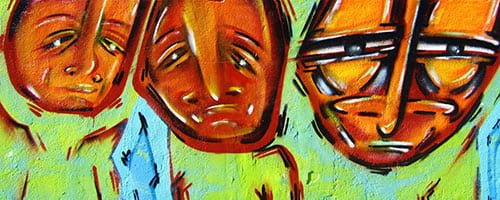

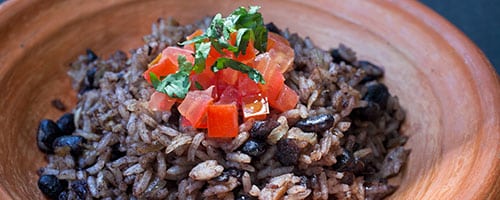


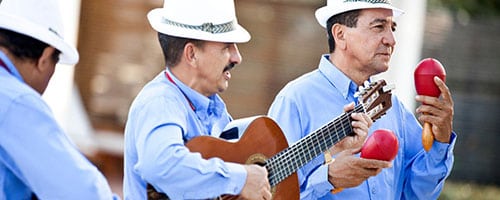

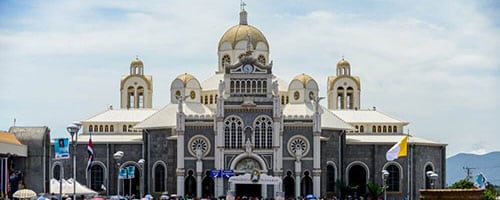

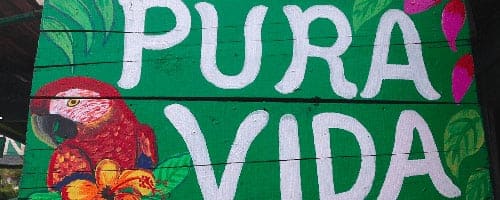
 The Indigenous of Costa Rica
The Indigenous of Costa Rica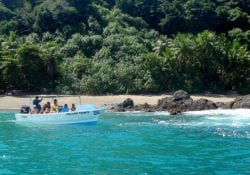 Interested in more information about Costa Rica? Check out the
Interested in more information about Costa Rica? Check out the 





Follow Us